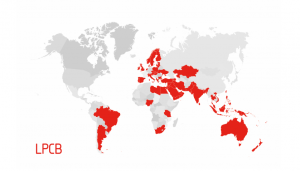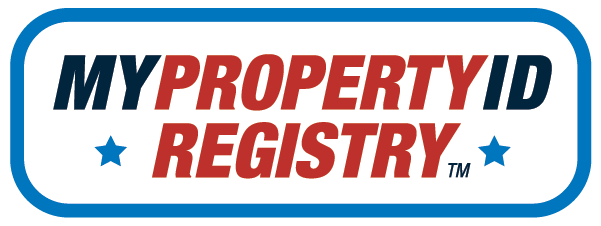Imagine you’re on a flight from Los Angeles to Sydney for an important meeting. After you land, go through customs and arrive at your hotel, it dawns on you that your password-protected laptop with your notes and presentation is on the plane. You jump on your cellphone, open your email account, and a note is waiting for you explaining that your laptop is safely at the Sydney airport lost-and-found office.
How is this possible? How did the person who found the item know how to return it? The reason is quite simple. The asset tag on the tablet uses the Loss Prevention Certification Board’s (LPCB) Loss Prevention Standard (LPS) 1224 and 1225.
First developed in 1995, these standards use the asset tags we are all familiar with, but with an added capability that allows the information on the tag to be traced securely via the internet to the rightful owner.

Think of a license plate on a motor vehicle. For 120 years, law enforcement agencies have been tracing license plates to solve crimes and repatriate stolen or lost vehicles. This was done by mail, then telegraph, then telephones, then telex machines and now with the internet.

Imagine a strategy where a license plate has a web address on it. You enter the license plate number on that website and an automatic email is generated—addressed to the rightful owner and a copy to law enforcement—without revealing any personal information to the finder about you or vice versa.
MyPropertyID works this way, but is a privacy-protected version.
Without an element of traceability added to asset tags, the technology is not just stuck in the 20th century, but in the 19th century.



